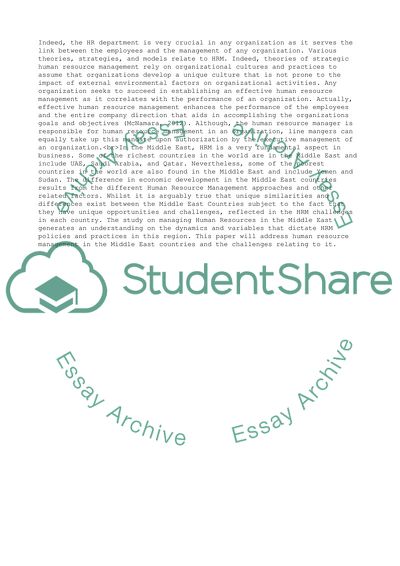Cite this document
(Human Resources Managment challenges in Middle East Essay, n.d.)
Human Resources Managment challenges in Middle East Essay. https://studentshare.org/human-resources/1776906-human-resources-managment-challenges-in-middle-east
Human Resources Managment challenges in Middle East Essay. https://studentshare.org/human-resources/1776906-human-resources-managment-challenges-in-middle-east
(Human Resources Managment Challenges in Middle East Essay)
Human Resources Managment Challenges in Middle East Essay. https://studentshare.org/human-resources/1776906-human-resources-managment-challenges-in-middle-east.
Human Resources Managment Challenges in Middle East Essay. https://studentshare.org/human-resources/1776906-human-resources-managment-challenges-in-middle-east.
“Human Resources Managment Challenges in Middle East Essay”. https://studentshare.org/human-resources/1776906-human-resources-managment-challenges-in-middle-east.


